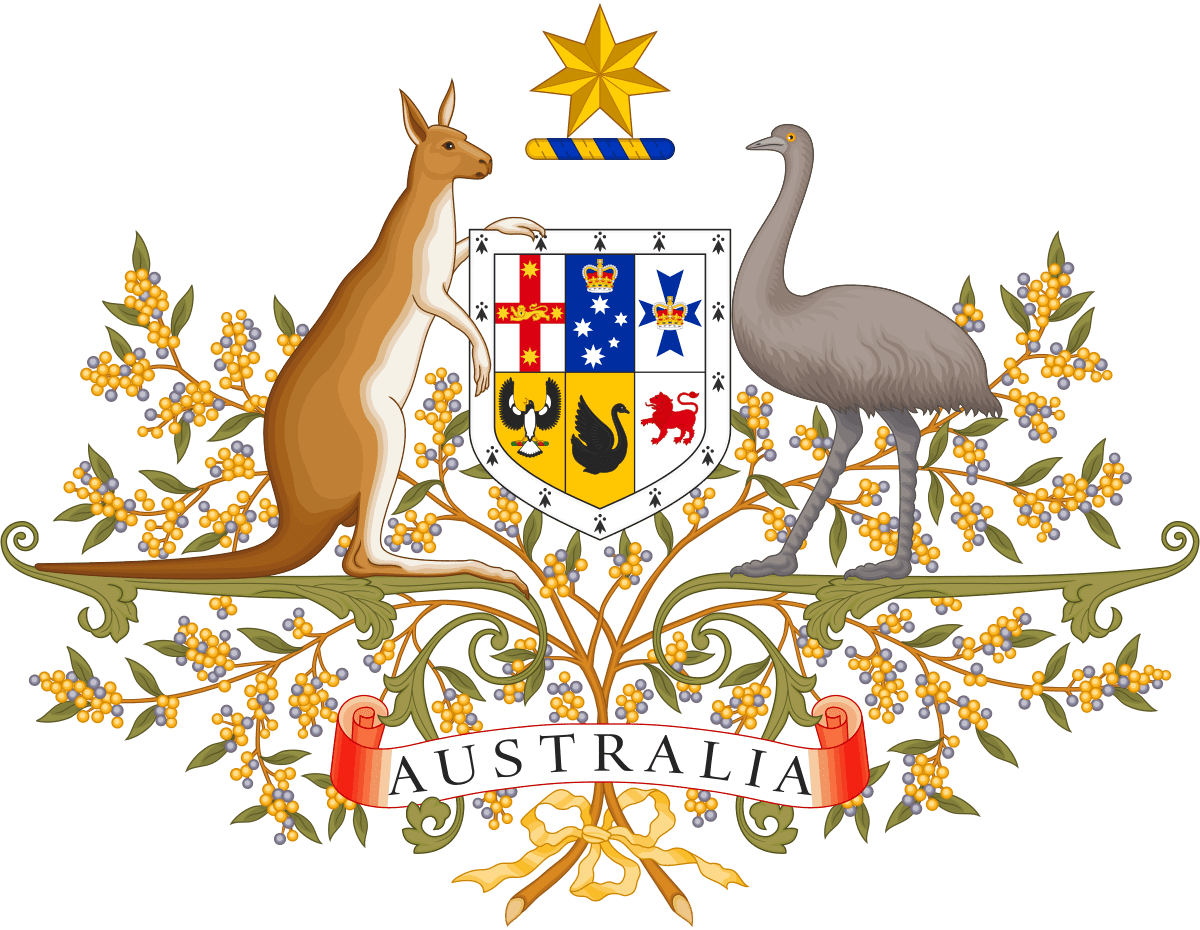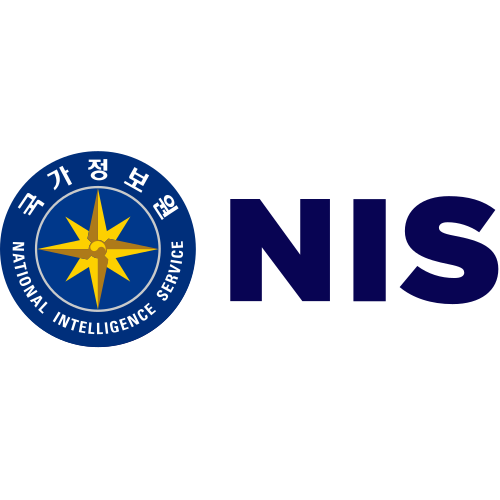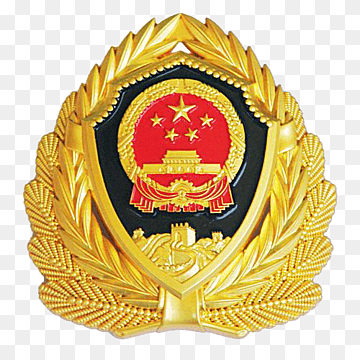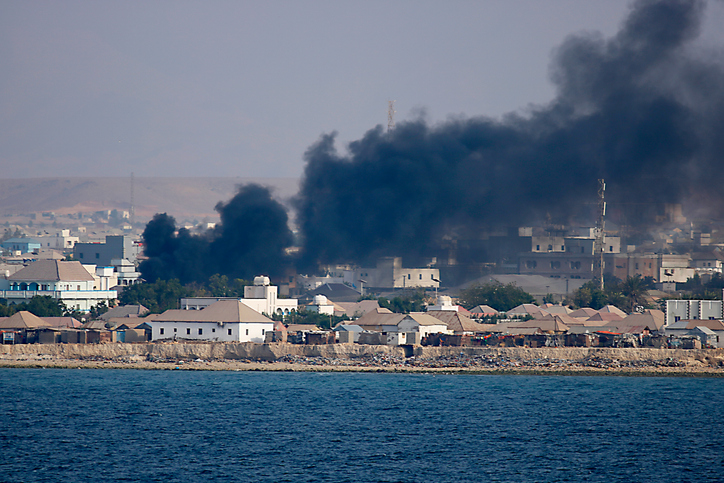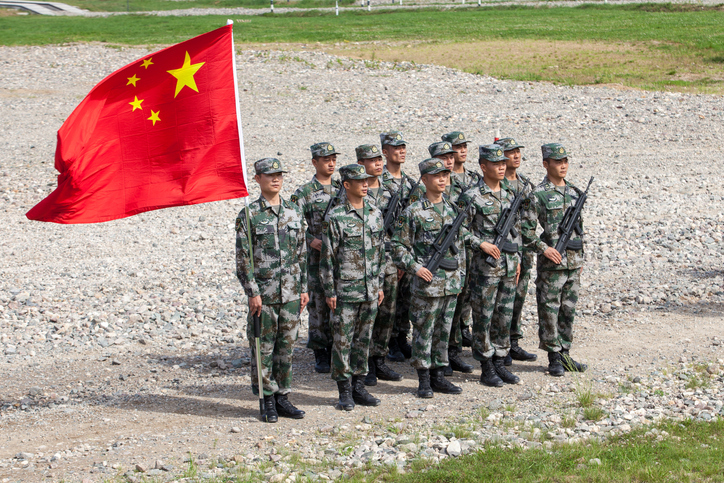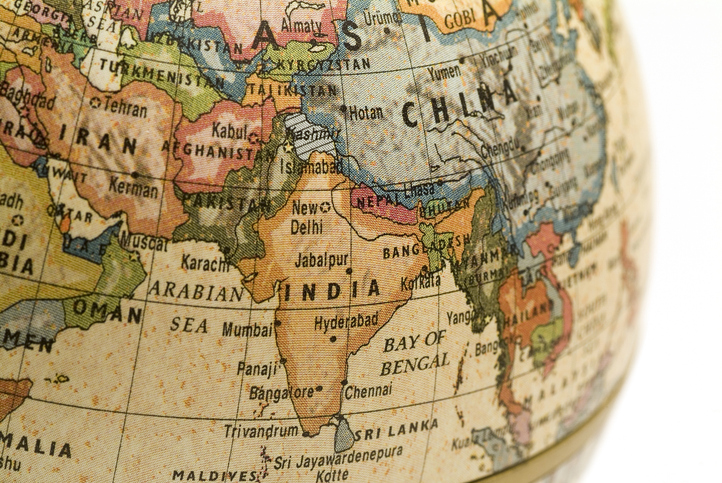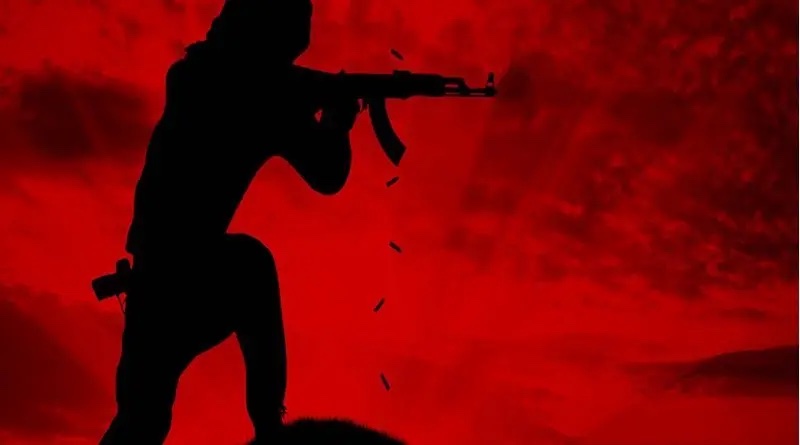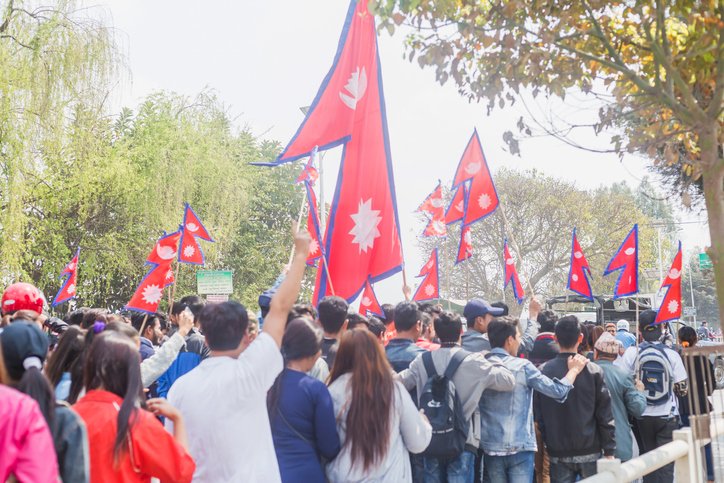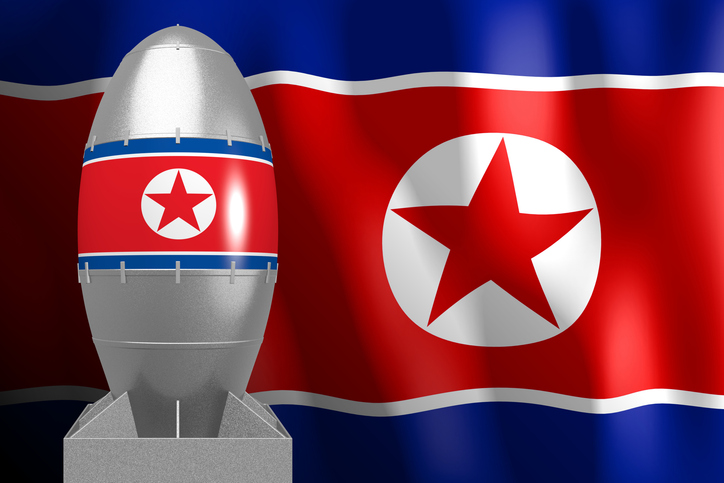
Posted On : Dec 14 2020
The Islamic Movement of Uzbekistan (IMU)
The Islamic Movement of Uzbekistan (IMU) is a militant organization with a history rooted in Central Asia`s complex geopolitical landscape.
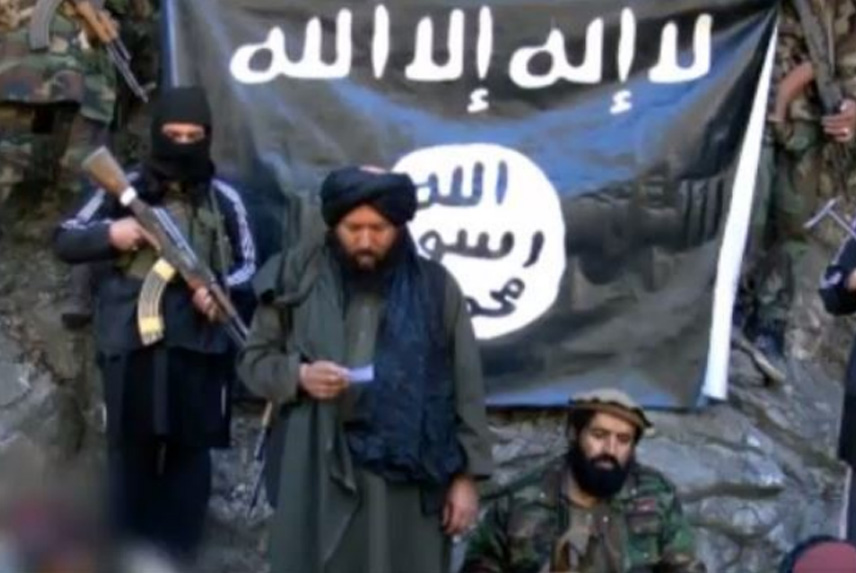
Emerging in the early 1990s, the IMU has evolved over the years, engaging in acts of terrorism and insurgency with aspirations that stretch far beyond its region of origin. In this article, we will explore the origins, ideology, notable actions, and international implications of the IMU.
The IMU was founded in 1991 by a group of Central Asian militants who had fought alongside Afghan mujahideen during the Soviet-Afghan War. The organization's primary goal was to establish an Islamic state in Uzbekistan and other Central Asian nations, overthrowing what it perceived as oppressive and secular governments in the region. Tahir Yuldashev, a charismatic figure, emerged as the IMU's first leader.
The IMU espouses a radical interpretation of Islam, influenced by Wahhabism and Salafism. Its ideology centers around the establishment of a strict Islamic state governed by Sharia law across Central Asia. This objective has led the IMU to pursue violent means to achieve its goals, including attacks on military and civilian targets.
The IMU gained international attention in the late 1990s and early 2000s for its involvement in armed conflicts. One of its most notable actions occurred during the 1999 incursion into Kyrgyzstan's Batken region, where IMU militants clashed with Kyrgyz and Uzbek forces. This event highlighted the group's intent to destabilize Central Asia.
Another significant development was the IMU's association with the Taliban and al-Qaeda in Afghanistan. IMU fighters trained alongside these groups and were involved in various attacks in Afghanistan and Pakistan. Their alliance with al-Qaeda led to the U.S. designating the IMU as a Foreign Terrorist Organization.
The IMU's activities have had implications beyond Central Asia. Its links to al-Qaeda made it a target in the U.S. war on terror following the 9/11 attacks. The United States and its allies have sought to disrupt the group's operations, leading to military operations against IMU militants in Afghanistan and Pakistan.
Efforts to counter the IMU have been extensive, involving military operations, intelligence sharing, and financial sanctions. The death of Tahir Yuldashev in a U.S. drone strike in 2009 weakened the organization's leadership. Subsequent leadership changes and divisions within the group further disrupted its cohesion.
As of my last knowledge update in September 2021, the IMU had weakened compared to its earlier years. Infighting, leadership changes, and military pressure had taken a toll on the organization.
The Islamic Movement of Uzbekistan remains a significant player in the complex landscape of Central Asian militant extremism. Its history of violence, links to international terrorist organizations, and aspiration to establish a strict Islamic state in the region have raised concerns about regional stability and security.
Countering the IMU's activities requires a coordinated effort involving not only military operations but also addressing the socio-economic and political factors that fuel radicalization. Achieving lasting peace and stability in Central Asia remains a complex challenge, with the IMU serving as a reminder of the persistent threat posed by extremist ideologies in the region.
No Comments Added





